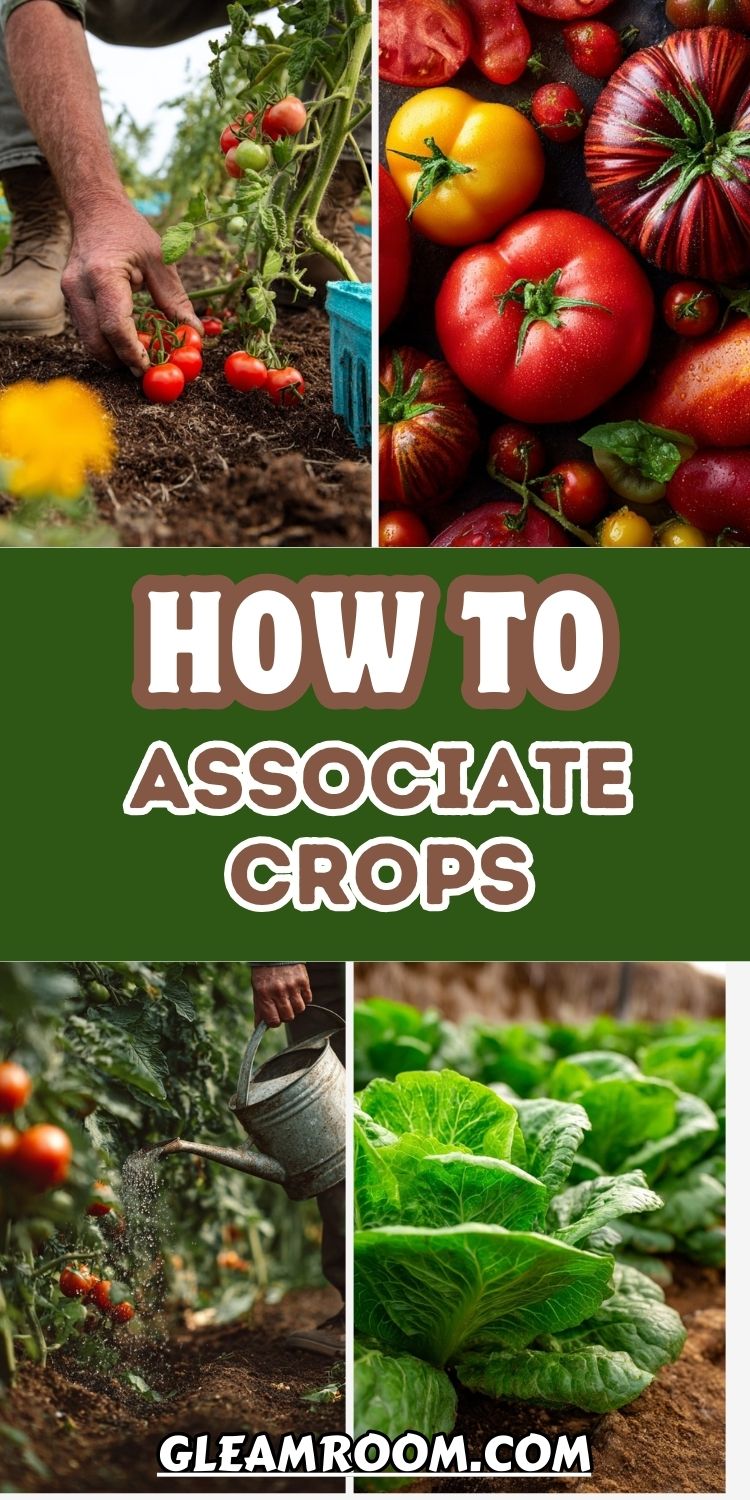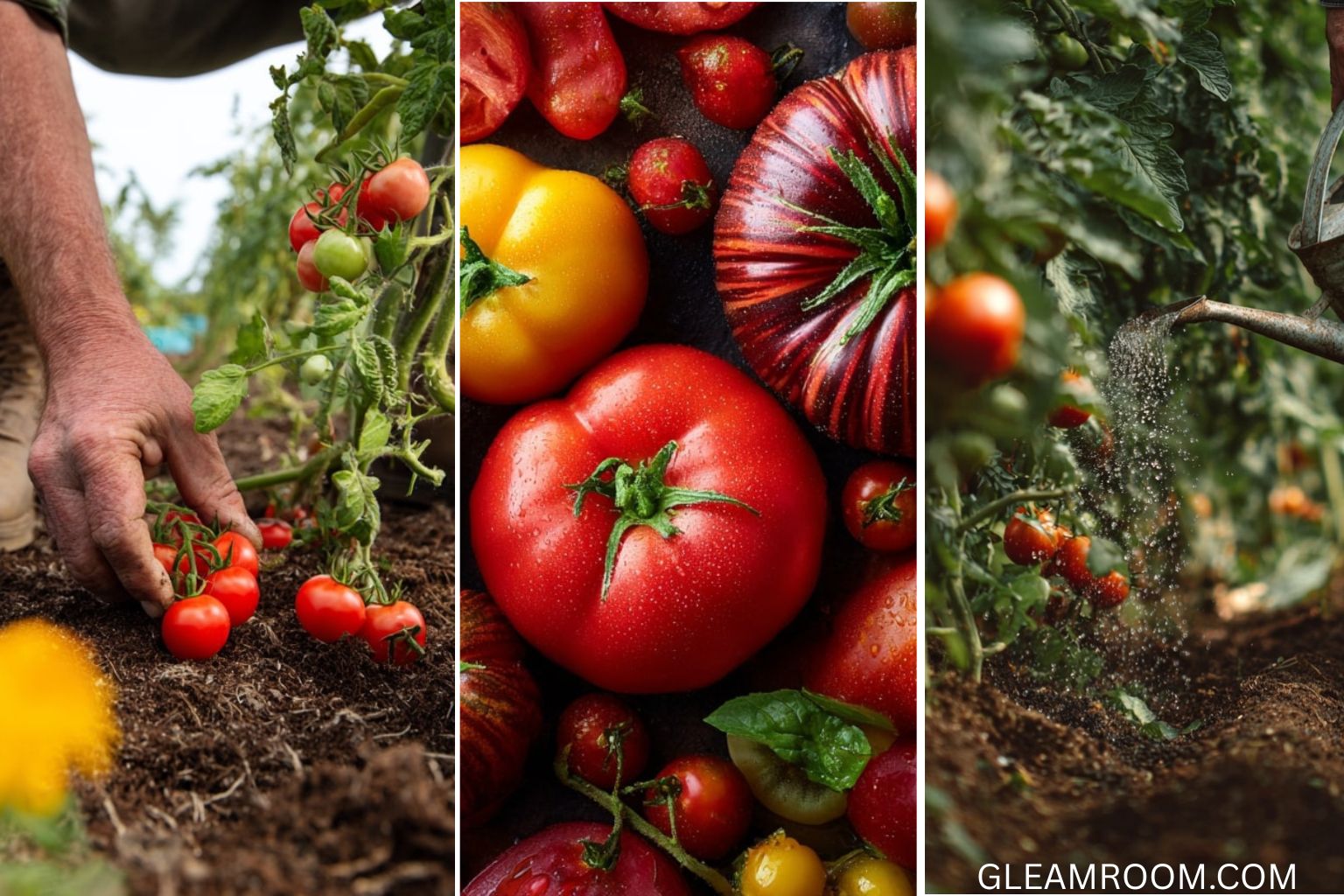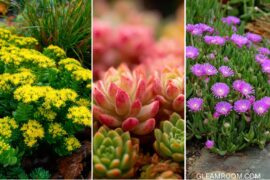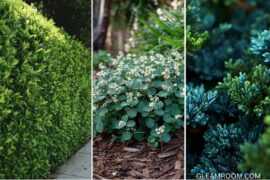Few things feel as satisfying as picking a sun-warmed tomato straight from the vine. Juicy, fragrant, bursting with flavor, it’s the reward every gardener looks forward to. But what many discover the hard way is that tomatoes can be demanding neighbors. Plant them next to the wrong crops, and you’ll end up with pests, competition, or stunted growth. Pair them with the right ones, though, and suddenly your garden works like a team, healthier plants, fewer problems, and bigger harvests.
Companion planting isn’t just an old gardener’s tale. It’s a practical way to let nature do some of the hard work for you. Certain herbs can keep insects at bay, leafy greens can shade the soil, and flowers can attract the right pollinators. When chosen carefully, these companions don’t just survive alongside your tomatoes, they help them thrive.
If your goal is to get the most out of every plant in your garden, it’s worth learning which crops play well together. Ahead, you’ll find exactly How to associate crops: What to plant next to tomatoes to maximize your harvest, and just as importantly, what to keep far away.
Growing Lettuce Beside Tomatoes
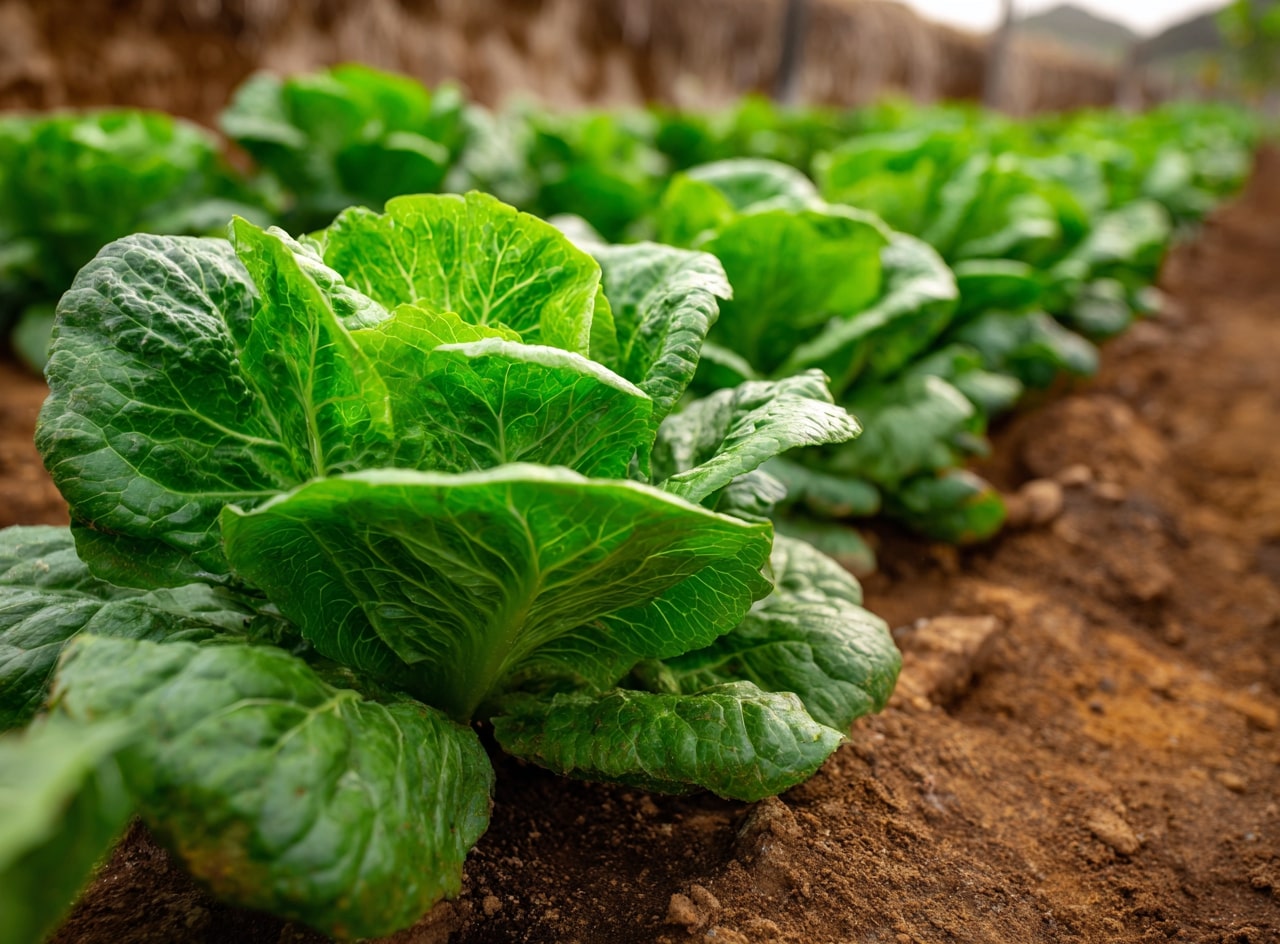
Fresh rows of lettuce thrive in rich soil, showing how leafy greens can complement tomato plants. Their broad leaves cover the ground, helping to retain moisture and reduce weeds.
Planted alongside tomatoes, lettuce enjoys the natural shade from taller vines. This pairing balances space use and supports healthier soil.
A garden bed with both crops offers steady harvests while boosting productivity. Simple planning brings flavor and freshness to your table.
Watering Tomatoes for Strong Companion Growth
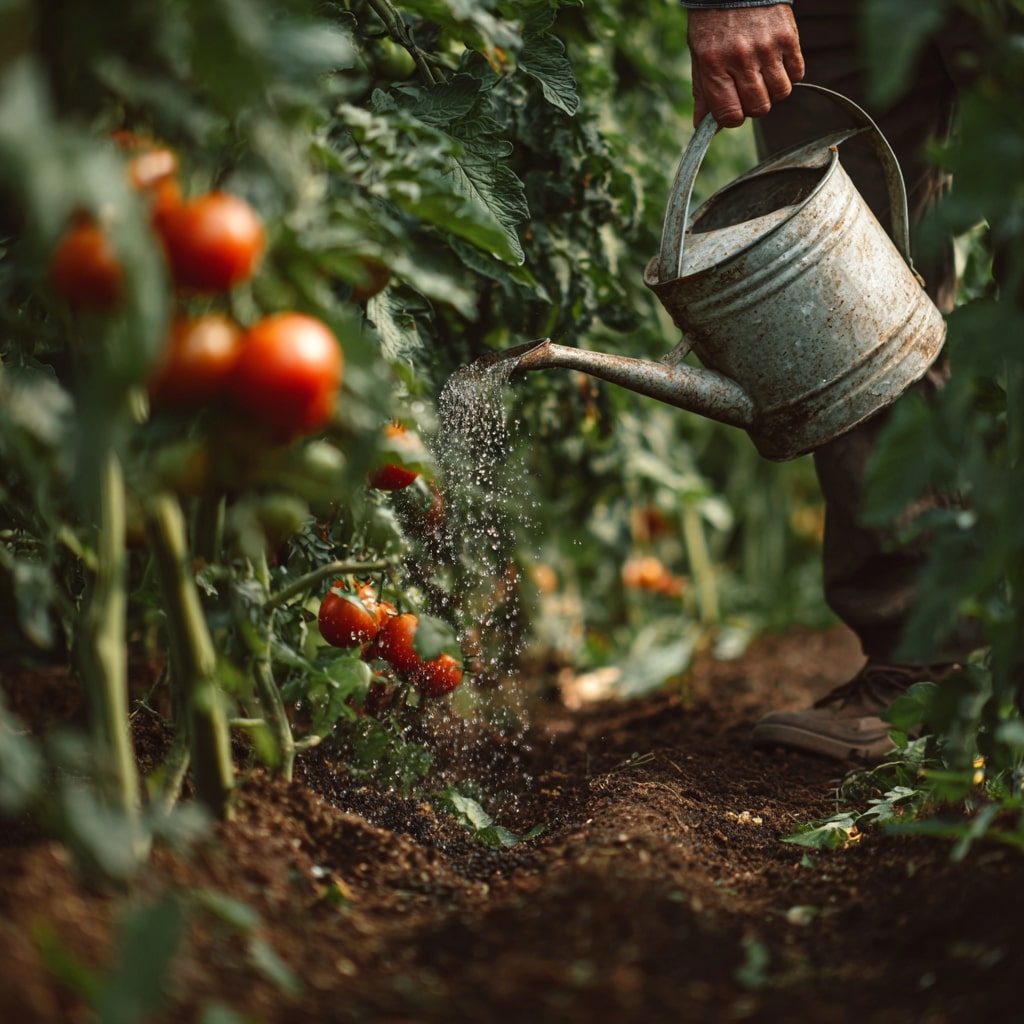
In this scene, ripe tomatoes glow while a gardener gently waters the soil. Consistent care keeps the roots strong and the plants heavy with fruit.
Moist earth nurtures nearby companions like basil, carrots, or lettuce. These pairings not only save space but also enhance flavor and deter pests.
A simple act of watering connects each crop, building a balanced garden that rewards with abundance.
Tomato Varieties and Companion Choices
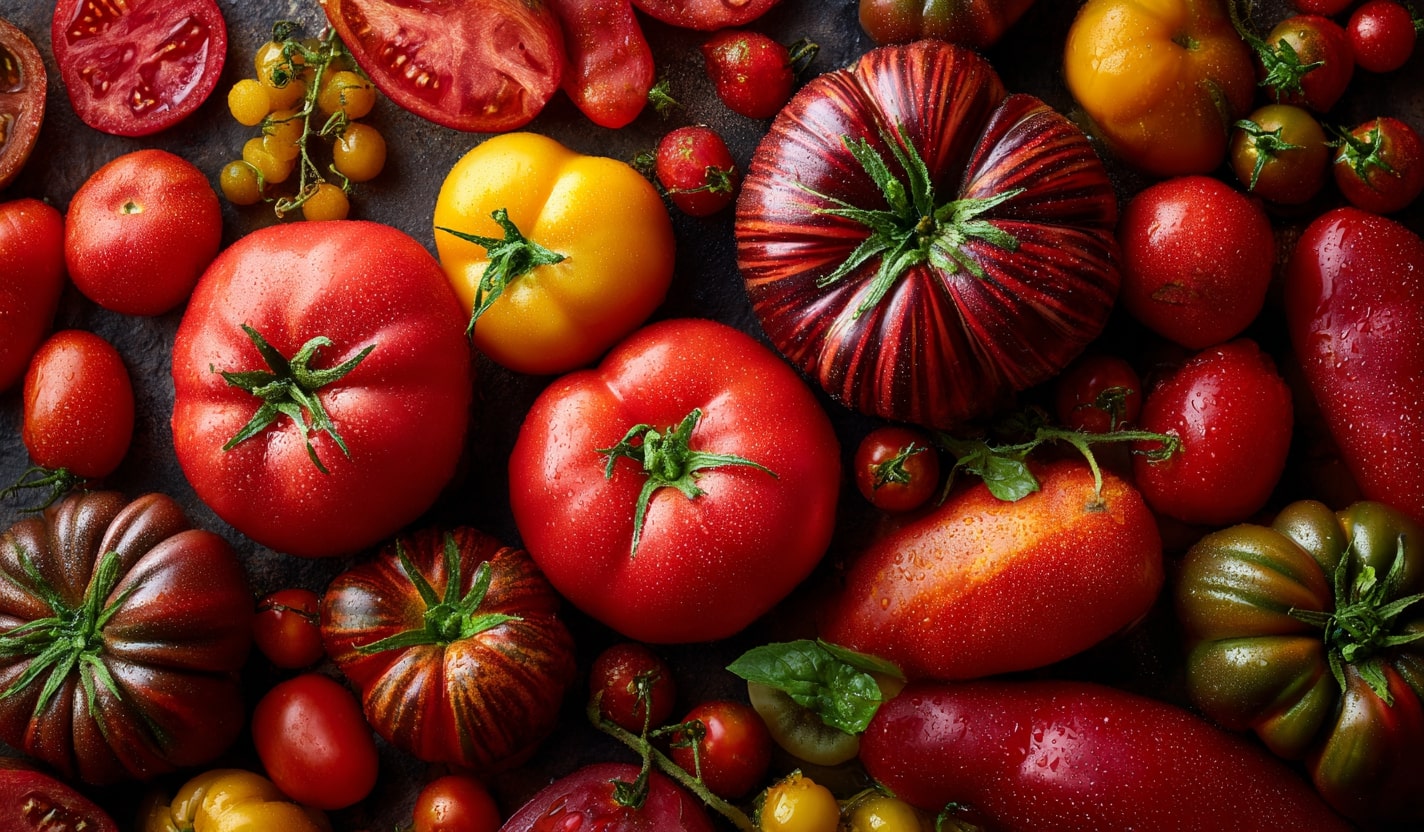
A colorful spread of tomatoes shows the diversity that gardeners enjoy. Each shape and shade brings unique flavor and texture to the harvest.
Alongside these fruits, planting companions like onions, basil, or lettuce can encourage stronger growth. Their presence helps manage pests and improves soil health.
Gardens thrive when crops are paired with care, giving you baskets filled with vibrant produce season after season
Harvesting Tomatoes with Companion Blooms
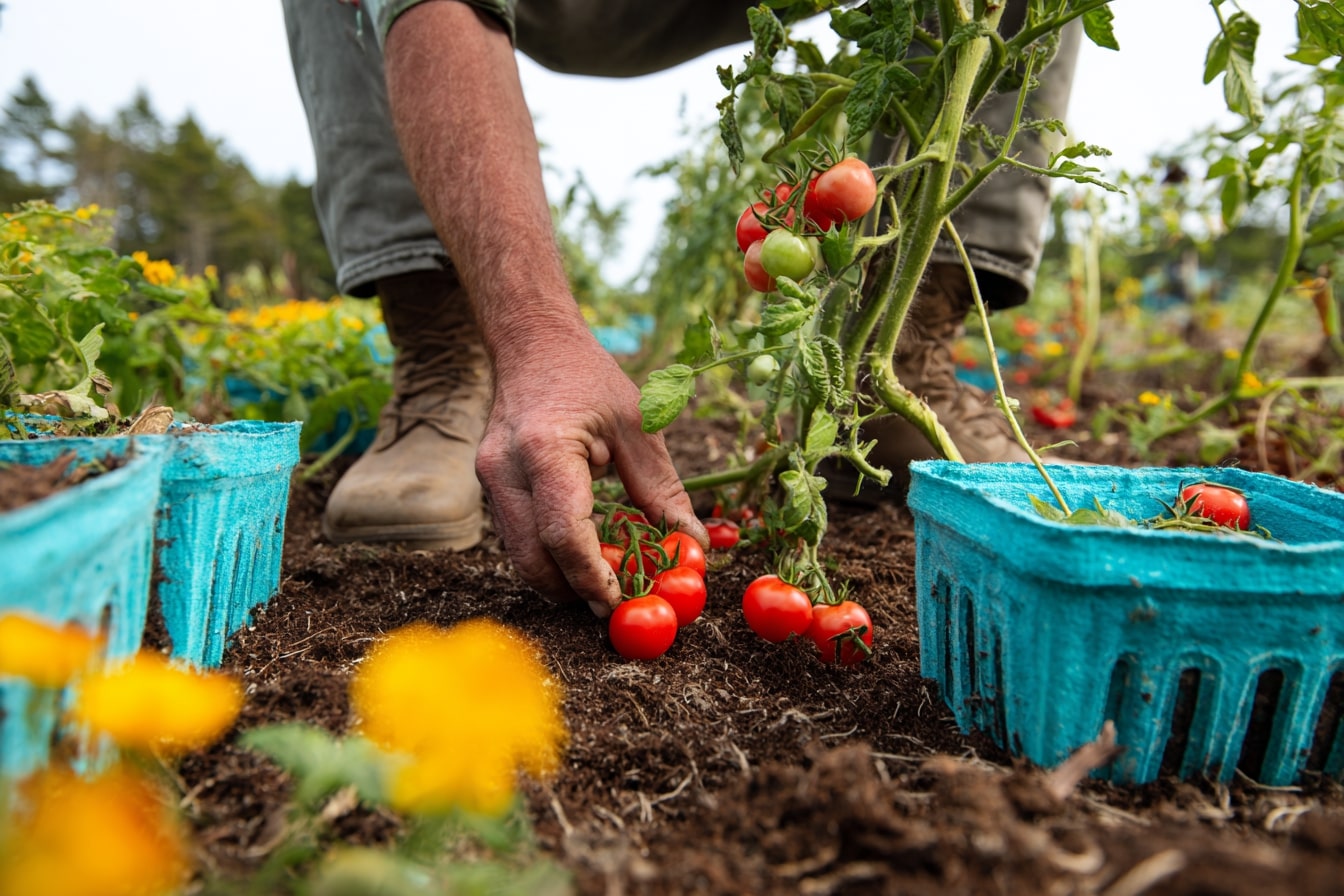
Hands reach for bright tomatoes while blossoms grow nearby, creating a healthy mix of crops. The balance of flowers and vegetables helps attract pollinators to the garden.
Close to the vines, marigolds stand guard by reducing harmful pests. Their presence keeps tomato plants vigorous and ready to produce more fruit.
Pairing flowers with vegetables turns a simple harvest into a sustainable and rewarding routine.
Tomatoes and Flowers Growing Side by Side

Clusters of tomatoes ripen in shades of gold and red while blooms brighten the soil beneath. The mix of colors shows the beauty of companion planting in action.
Flowers like marigolds guard tomatoes by repelling unwanted insects. Their roots also strengthen the soil, creating balance in the garden bed.
Together, these plants form a natural partnership that supports healthier harvests and steady growth through the season.
Onions as Helpful Neighbors for Tomatoe
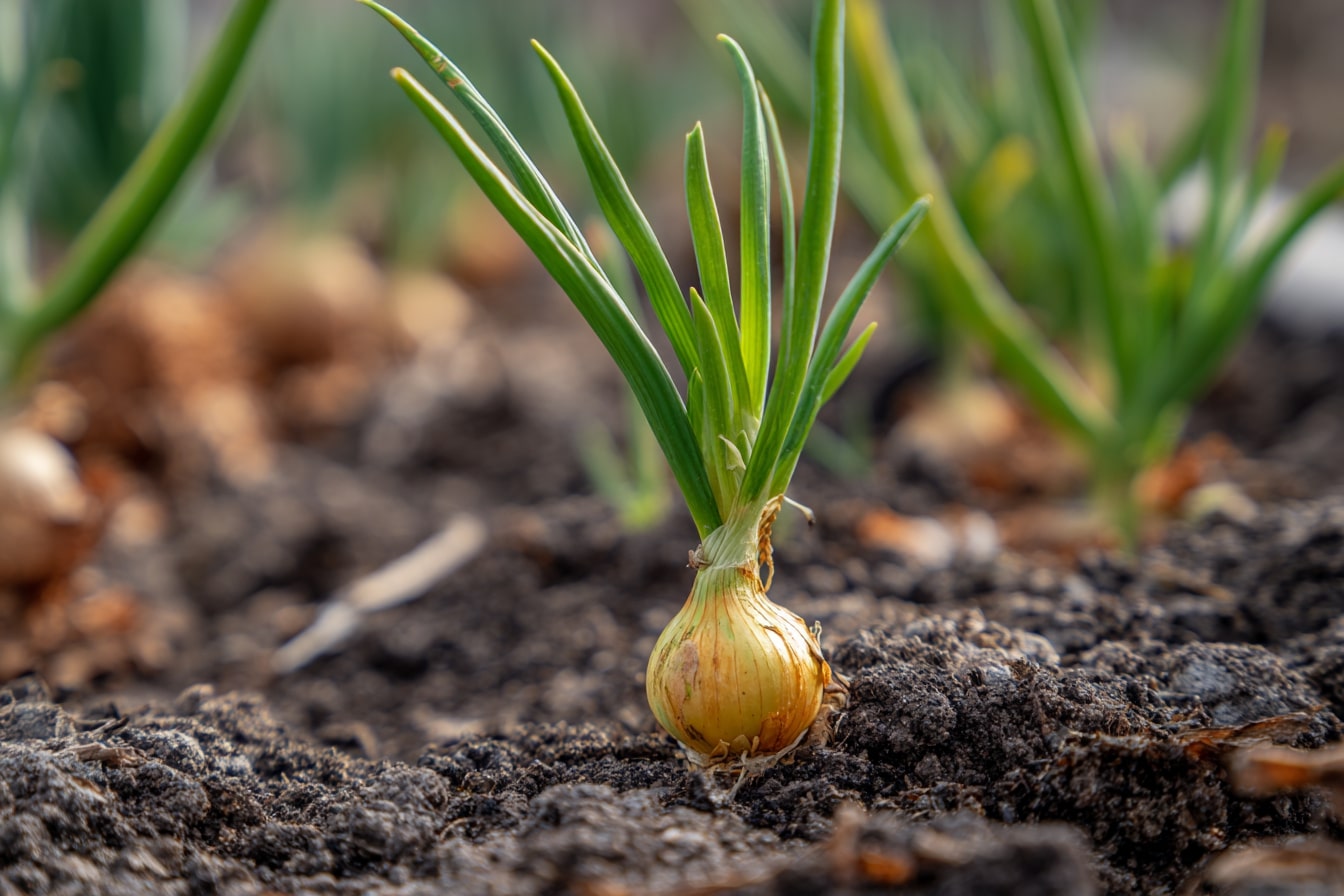
Green shoots rise from the soil as onions mature, adding strength to the garden bed. Their scent and natural compounds work as a shield against pests.
Planted next to tomatoes, onions help deter harmful insects that damage fruit. This pairing supports healthier vines and cleaner harvests.
A simple choice of companions like onions ensures steady growth while enriching the soil and protecting your crops.
Teaching Tomato Care Through Companion Planting
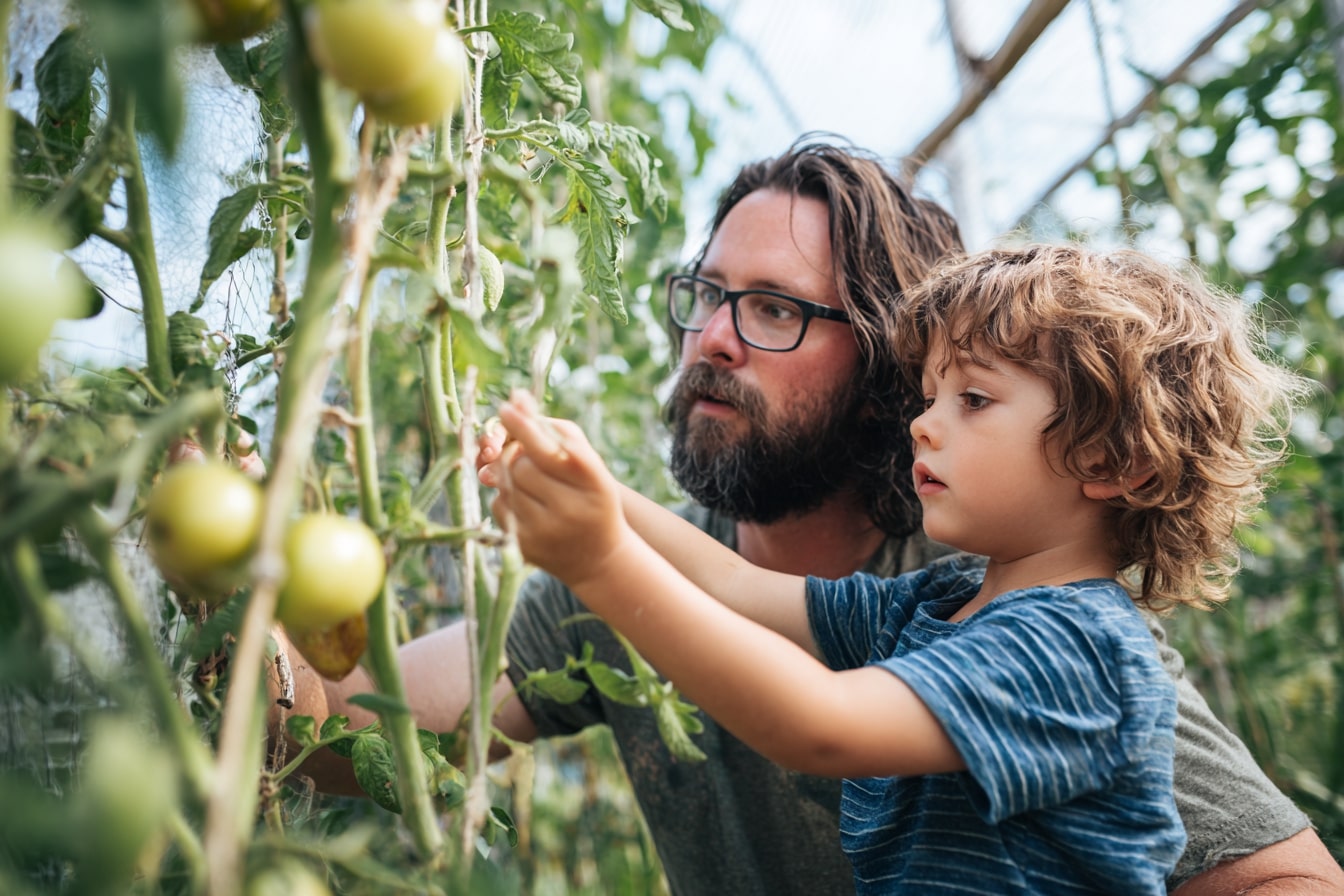
A father and child carefully check the vines, learning how tomatoes grow strong with attention. Their focus shows the joy of gardening across generations.
Sharing this work also teaches which crops grow best together. Tomatoes benefit when surrounded by basil, carrots, or onions that protect and nourish the soil.
Moments like these build both harvests and memories, proving that gardening is about more than food alone.
